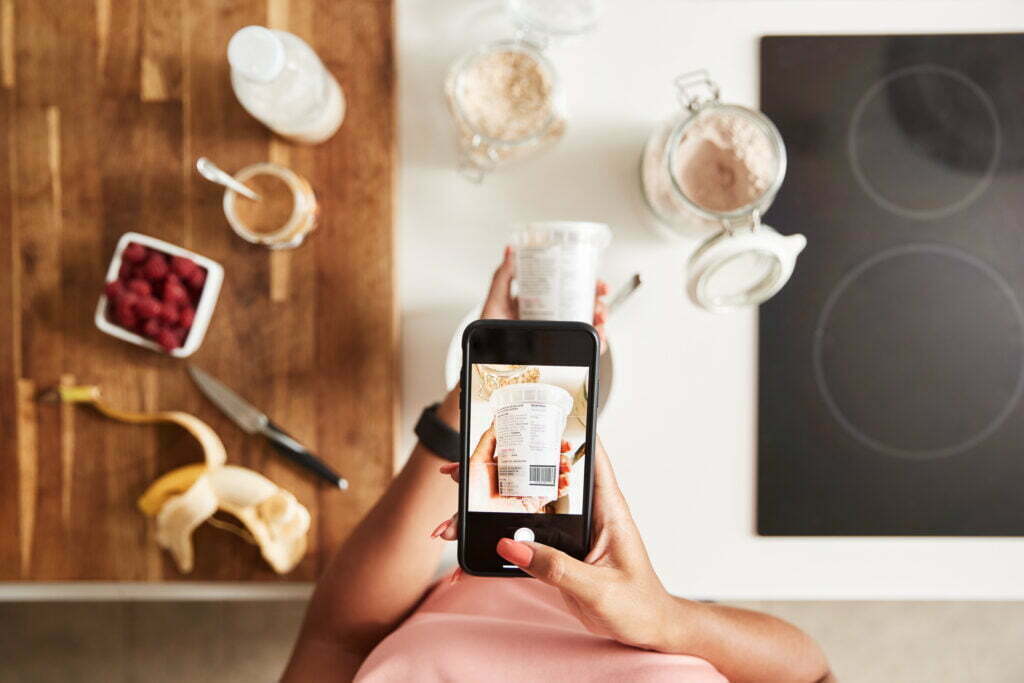Quick Response Code, commonly known as QR Code, is a type of matrix bar code or the two-dimensional bar code, which was invented in 1994 by Denso Wave, a Japanese automotive company.
QR Codes are most often used to contain data that navigate to a location, an identifier, or a tracker that leads to a website or application.
How do QR Codes work?
QR Codes work by allowing the smartphone’s camera to capture or scan the entire frame of the Code. It will be redirected to a website, application, or other locations. There, all information including pictures or videos about a certain thing may be viewed. QR Codes had been successfully implemented in various industries, and now it is cementing its way to the healthcare industry. Here are some examples of how QR Codes are used in the healthcare industry.
Remote Patient Monitoring (RPM)
During the Covid-19 pandemic, patients who are most vulnerable to cross-infection were advised to stay at home. For some, patient care had been discontinued. Fortunately, other patients who were enrolled in RPM continuously received healthcare even without visiting the hospitals and clinics.
Aside from tracking the patients’ physiological data, healthcare providers may also track the progress in the treatment or maintenance plan of their patients using QR Codes. Every time the patient takes his medicine, he will scan the QR Code attached to the medicine container to alert the healthcare provider that he had already taken his medication. Or, every time the patient accomplishes a task for his treatment, he will just scan the QR Code to alert his healthcare provider that this particular task has been completed.
Drugs Authenticity
According to the FDA, counterfeit medicine may be harmful to one’s health. In the U.S., the incidence of counterfeit drugs is rare relative to a large number of prescription drugs used. FDA remains vigilant in protecting the U.S. drug supply from counterfeits and substandard other medicines. One way to confirm the legitimacy of pharmaceuticals is the use of QR Codes. These QR Codes are printed on the packaging and labeling of the medicinal products. When scanned, the QR Code will identify if the medicine is authentic or not.
RELATED ARTICLE: The Health and Economic Threats of Counterfeit Drugs
Accessible Health Information
Instead of reading medical brochures and magazines or spend time searching around the internet to learn more about an illness, QR Codes may be scanned to view all the information regarding a certain disease. QR Codes may be placed throughout the clinic for patients to scan and read while they wait in line.
Rather than carrying medical books, magazines, or brochures, the patient only needs a smartphone and a QR Code scanner to view content that is nearly identical to what he would read in the medical books, magazines, or brochures. This may encourage patients to read and learn more about a particular illness, as they are made readily available.
Patient Identification
While in medical facilities, the patient may be given a medical bracelet or badge where a personalized QR Code is embedded. When scanned, the QR Code will show the complete medical records of the patient. This will enable the healthcare provider to easily access the patient information without looking around for their physical records. This saves time and effort, which ultimately results in increased patient satisfaction. In fact, some hospitals have already begun utilizing QR Codes to access patient information.
QR Codes may aid healthcare providers in maintaining accurate patient records throughout their hospital admission to avoid false or stolen identification that may further result in an incorrect diagnosis, medication errors, or even death.
Outside of medical facilities, patients who require monitoring may wear a medical bracelet or badge embedded with a QR Code. When scanned, it will show the health records of the patient, the foods they are allergic to, the medicine they must take, and so on. As such, when a patient collapses while walking, a stranger may scan the patient’s QR Code to gain knowledge of his medical condition and know what to do.
In an emergency, the first responders may scan the patient’s QR Code to gain access to his medical records and will know how to treat the patient initially. The time spent asking for information from the patient will be used in saving his life.
Elders and Patients with Alzheimer’s Identification
Patients with Alzheimer’s disease and the elders may tend to wander a lot. While wandering, they may forget their way back home. As such, they may be issued personal badges with QR Codes so that when scanned, it will show the contact person of the patient or the elder, his place of residence, and his medical condition. Therefore, when an elderly wander around and have lost his way home, a stranger who may have come across him will know whom to contact or where to drop him off by simply scanning his QR Code.
Medical Devices and Equipment Information
Rather than a booklet manual that is detachable from the device or equipment and easily lost, QR Codes may be embedded to the medical devices or equipment so that anyone can scan and view the user manual or troubleshooting guide. This enables healthcare providers to become familiar with the equipment or machine without looking around for the user manual booklet.
Takeaway
Although the healthcare industry has historically been hesitant to adopt mobile devices due to security and privacy issues, an increasing number of institutions are finding it acceptable due to the convenience.
The use of QR Codes will genuinely benefit the healthcare system by allowing healthcare providers and patients to access information with the help of technology quickly. QR Codes can assist the industry in keeping pace with technological advancements, as they can significantly improve patient care and health outcomes.









